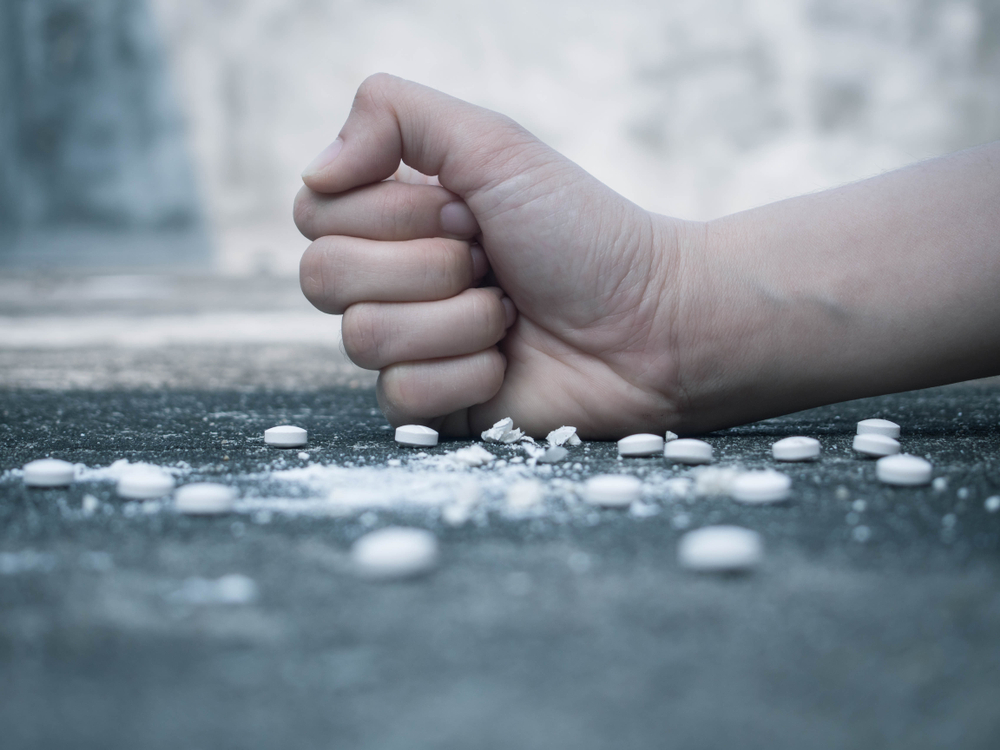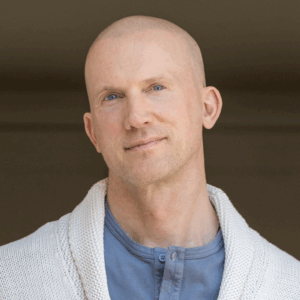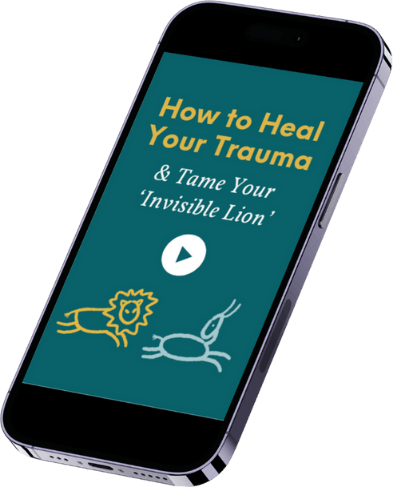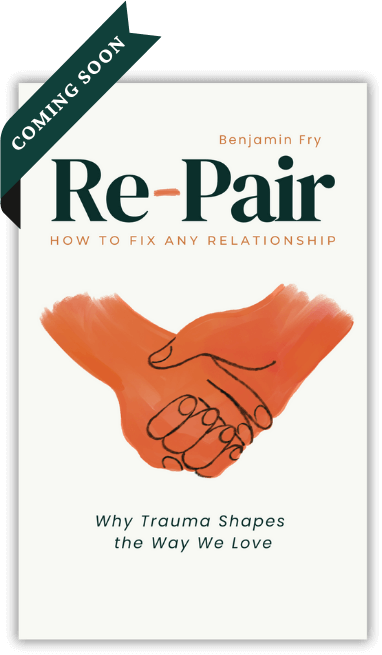Blog/Video #11
We don’t think too much of how our behaviour fits into healthcare, and yet there is an industry called ‘behavioural healthcare’. This usually refers to addictions and the work done to help people to recover from them, but it can also apply to people who are given diagnosis of disorders to their behaviour. This is often framed as some kind of pathology of their personality, like borderline personality disorder.
What they have in common is that the behaviour appears to be less than desirable, either for them, or for others, or both. And so the healthcare function is to try to change this behaviour. Easier said than done!
It is worth thinking for a moment how this fits into our overall picture of health and how it has been addressed for thousands of years by humans. This diagram summarises everything we have tried to do for our health. We are willing to look at it in mind, body and spirit, depending on time, place, culture and presenting problem. So where does behaviour fit in?
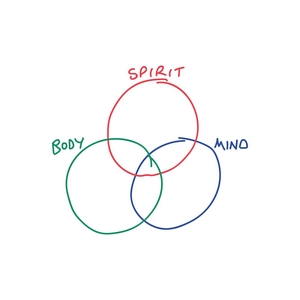
The three spheres of healthcare
It doesn’t seem to fit in easily. In every spiritual program I’ve ever heard about, there are at least a few instructions on how to behave, even if it is as simple as “love thy neighbour”. Therefore, you might argue that behavioural health is in the same sphere as spiritual health, but it really depends on what you mean by spirit (and there’s so much to argue about there that it might be wise not to). However, there is another way to look at this which makes much more sense.
Nervous System Behavioural Health
An important part of ourselves is the baggage that we carry around from unfinished responses to earlier threats. This baggage changes the way we respond to stimuli in the world, and therefore as a result changes our behaviour. Sometimes these stimuli really hit a raw nerve and our baggage explodes. When this happens we call the stimulus a trigger. We have been triggered and our baggage has been activated. This usually looks like this:

The red squiggle in the diagram represents our baggage, the green arrow is a stimulus, or trigger, and the big red arrow is our reaction which in this diagram represents an overreaction.
It is not very comfortable. One way to look at this is that I was wondering around the world, minding my own business, and I came across something a bit annoying. It was a trigger for me, but on its own, looking back on it in hindsight, I could see that it wasn’t that big a deal. Maybe a 3 out of 10 problem. However, because of my baggage (my unfinished responses to earlier threats) my reaction to this trigger was much larger than it merited. I exploded at a 9 out of 10. It was uncomfortable for me, and for those around me.
Now, we have all been that person, and we have all met that person. And most of the time we don’t see the baggage at all, just the stimulus and the reaction. Are we tempted to say that they have disordered behaviour? Is this a behavioural health problem? Well, it partly depends what they do about it. It can be excruciatingly uncomfortable to be so severely activated, and we don’t like discomfort. So we have a few ways to deal with it.
One response to this kind of overwhelm is to try to change what is happening inside of ourselves. The nervous system is in the body, so if you want to change what it is doing to you, you will have to change the body. A great way to do that is to put something into the body which changes it. Alcohol works brilliantly. As does coffee, and nicotine, and cocaine, and heroin, and so on.
Everything that mankind has ever become addicted to moves the nervous system up or down. When we lose control of our reactions by being triggered, we take back control from the outside. Even behavioural addictions, like shopping or sex, are viscerally affecting our bodies and the signals that then get through to our heads. Addiction (or behavioural health problems) are a reaction to a dysregulated nervous system. If you don’t believe me, show me someone regulated who is an active addict.
This raises the possibility that by regulating our nervous systems we can reduce our addictions. You can start that recovery today with some simple body scan exercises (from the resources section of The Invisible Lion website) or go for something more ambitious with the 28-day recovery plan in my book The Invisible Lion.
You can download this post in a handy 2-page PDF to print and share with friends, family, clients or colleagues. Follow this link to download now.
You can buy a copy of The Invisible Lion now on kindle or paperback from your local Amazon store. Just click here to buy now.
